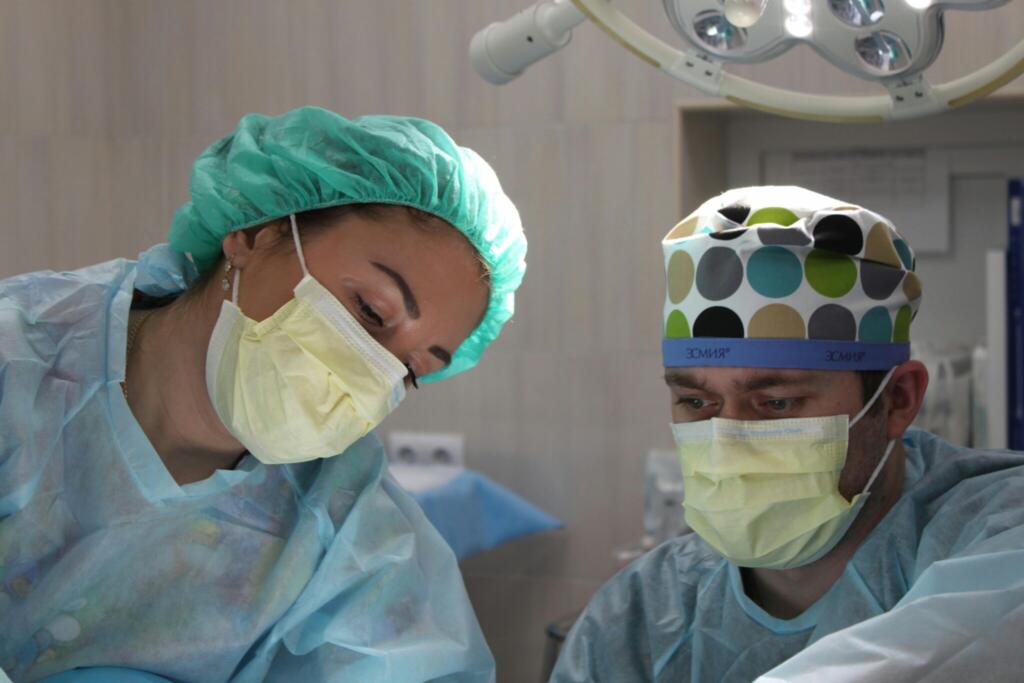Donation Essentials Blog
How is Someone Added to the National Transplant Waiting List?
Have you ever wondered how someone is listed on the national transplant waiting list? We often hear about the national waiting list and the thousands of people waiting for a lifesaving organ transplant, but not everybody is familiar with how the listing process works. In this edition of Donation Essentials, we break down how the process works for you.
What Exactly is the National Transplant Waiting List?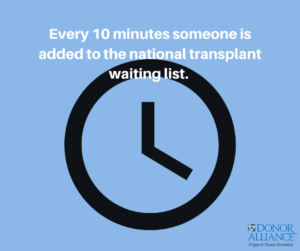
The Waiting List is a computer system that stores the medical information of every person waiting for an organ transplant in the United States and Puerto Rico. It is part of a system that matches donated organs with waiting list candidates fairly and accurately within highly constricted time frames.
How Patients are Added to the National Transplant Waiting List
Now that you know what the waiting list is, let’s dive into how being listed works. Keep in mind that each person’s journey is unique. The process explained below may differ for each patient and at each transplant center depending on the center’s evaluation policies and requirements. Generally, the process of being added to the waiting list looks like this:
- Be Referred by a Physician: In general, determining if someone may need an organ transplant starts with a conversation with their primary doctor. After considering
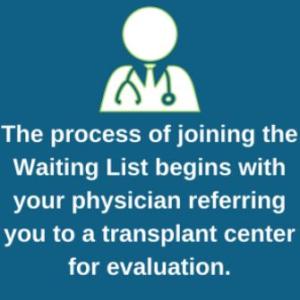 different factors unique to the patient’s medical condition, the physician would determine if an organ transplant might be an effective course of treatment for the patient’s condition, or if they should be referred to a specialist, like a nephrologist (kidney doctor). If the physician, or specialist, decides an organ transplant is possibly needed, then the patient is referred to a Transplant Center for evaluation. A transplant center is a hospital that is staffed and equipped to perform complex organ transplant procedures. It’s important to note that transplant is not an effective treatment for all end-stage disease so the evaluation phase is key to see if transplant would in fact help the patient. Patients can also contact a transplant center directly. According to the United Network for Organ Sharing, “a referral from a doctor is not necessary, but your doctor may have test results and medical history that will make it easier for the transplant center to start the evaluation process.”
different factors unique to the patient’s medical condition, the physician would determine if an organ transplant might be an effective course of treatment for the patient’s condition, or if they should be referred to a specialist, like a nephrologist (kidney doctor). If the physician, or specialist, decides an organ transplant is possibly needed, then the patient is referred to a Transplant Center for evaluation. A transplant center is a hospital that is staffed and equipped to perform complex organ transplant procedures. It’s important to note that transplant is not an effective treatment for all end-stage disease so the evaluation phase is key to see if transplant would in fact help the patient. Patients can also contact a transplant center directly. According to the United Network for Organ Sharing, “a referral from a doctor is not necessary, but your doctor may have test results and medical history that will make it easier for the transplant center to start the evaluation process.”
- Select a Transplant Center: Once determined that an organ transplant is needed, the next step is to choose a transplant center. While a patient may be referred to a local transplant center, it’s important for the patient to consider different options and make sure the transplant center meets his/her needs. A few things that should be considered when selecting a transplant center are its location, the patient’s accessibility to reach the transplant center for all appointments before and after the transplant, compatibility with insurance provider and financial considerations, among many more. You can find information about, compare transplant programs, and more at SRTR.org.
- Transplant Evaluation: The patient then schedules an appointment for a transplant evaluation. The purpose of this evaluation is to determine if a patient is a viable
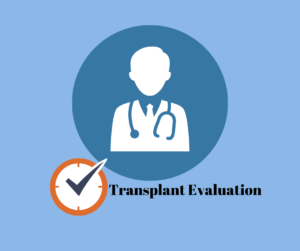 candidate for a transplant; the evaluation can be a lengthy and stressful process with long days, many tests and clinic visits. The Standard Transplant Evaluation usually includes the following tests: blood typing, tissue typing, dental exam, chest x-ray, cardiac work-up, pulmonary work-up, infectious disease testing, cancer screening, gender-specific testing, psychological evaluation to determine emotional preparedness and an evaluation of social and financial supports and ability to care for yourself and your new organ after transplant. Other testing may be required depending on each patient’s case, the organ needed and his or her medical history. *1
candidate for a transplant; the evaluation can be a lengthy and stressful process with long days, many tests and clinic visits. The Standard Transplant Evaluation usually includes the following tests: blood typing, tissue typing, dental exam, chest x-ray, cardiac work-up, pulmonary work-up, infectious disease testing, cancer screening, gender-specific testing, psychological evaluation to determine emotional preparedness and an evaluation of social and financial supports and ability to care for yourself and your new organ after transplant. Other testing may be required depending on each patient’s case, the organ needed and his or her medical history. *1
- Local Transplant Center Evaluation Policies: Transplant evaluation policies are managed directly by transplant centers. The criteria for all prospective candidates at an individual transplant center is the same for each patient. All prospective candidates are evaluated against a rigorous set of standards and must meet such criteria to be considered for a transplant. Documentation of U.S. citizenship is not required at any of the four Transplant Centers in Colorado, and immigrants can receive transplants if they meet the same requirements. Most Colorado and Wyoming residents in need of an organ transplant are listed at one of the transplant centers in the Denver metro area.
- The Transplant Center Determines if a Patient is a Suitable Candidate: Once the transplant evaluation is completed, the transplant team determines if a patient is a suitable transplant candidate. If the patient is a viable candidate, the transplant center will add him/her to the OPTN national waiting list for a transplant. Then, the transplant team contacts the patient in writing about 10 days after being listed to inform the patient about the date and time his/her name was added to the national waiting list. *1
What if the Transplant Center Does Not Accept Me as a Transplant Candidate?
Unfortunately, not all patients are viable transplant candidates. Patients who don’t meet the evaluation criteria are encouraged to ask their transplant team about their options as they may need to manage other medical conditions first or may even be too healthy for a transplant now. Patients should also consider getting a second opinion at a different transplant center, as they may still be a candidate at another transplant center. *1
Why are transplant listing requirements so strict
The process of adding a patient to the waiting list can be complex and unique to each patient and his/her medical history. Rigorous standards and requirements are in place to determine a patient’s suitability and ensure each precious gift of life made by generous organ donors and their families is maximized.
What can we do to help maximize our chances for transplant?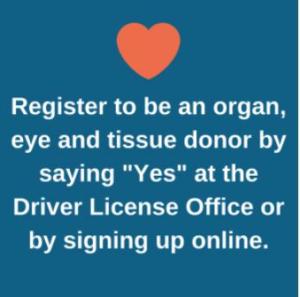
Unfortunately, the need for donated organs outweighs the number of organs available for transplant and not all people, even those on the waiting list, may receive an organ transplant in time. That’s why it’s important that more people, no matter their age, health or medical history, sign up to be organ, eye and tissue donors after death. Without these generous donors and their families who say Yes to donation it wouldn’t be possible to save and heal thousands waiting for the gift of life each year. You can give hope to those waiting for the gift of life by signing up to be an organ, eye and tissue donor anytime at DonateLifeColorado.org or DonateLifeWyoming.org.
Also, consider living donation. Living donation is an amazing way we can help save lives now. Be sure to ask the transplant center about how to find a living donor.
*1 Source: Talking about transplantation, what every patient needs to know https://unos.org/wp-content/uploads/unos/WEPNTK.pdf

